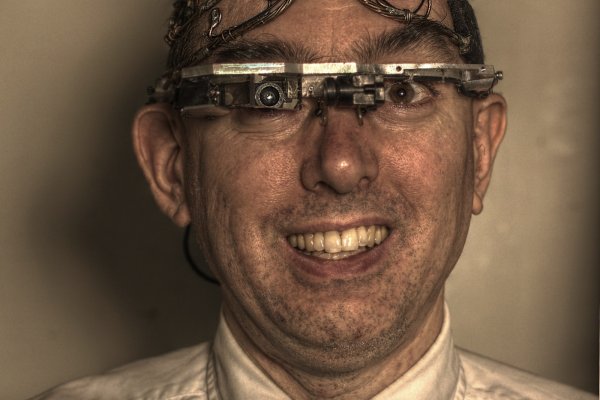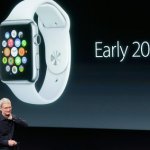PROMISES OF WEARABLE TECHNOLOGY
The hype is officially on. Millions are being thrown around like candy in the latest articles of the business press. Between today and 2020, experts expect us to buy a whopping 500 million digitally empowered small devices — in addition to all the phones and tablets we are already buying.
Mighty Intel have even created a new platform dedicated to wearables, a complete computer compressed to the size of an SD card. They call it Edison, a name that promises stories of era-shaping inventions.It’s always exciting to witness the coming of age of a new product category, not least because triumph and failure are seldom so closely joined. New products enter the stage with a feverish mix of insecurity and energy, a combination of promise and awkwardness. Wearables are no different. The fact that engineers have managed to squeeze all these sensors, CPUs and screens into tiny gadgets is mindblowingly fantastic. And yet, nobody I know wants to wear Google Glass.
What we hope for is more than just a digital accessory. We want technological super-powers, unbound, accompanying us.But it’s that energy and promise that make us want to explore wearables now. Not their current shortcomings. In the long run, we won’t put up with smartwatches that need to be charged every day. But for the moment, we just might cut them some slack, because we want to find out what wearable technology could become for us. This is a big question.
A HIDDEN PROMISE
Wearable technology pushes humanity forward into an age where we might merge with machines. But it also connects us back to our very beginnings. Because wearable technology isn’t a new cultural achievement — we just forgot about it for a while. When humanity was young, all tech was wearable. Flintstones, wire snares, wicker baskets — all those wearable tools gave early humans the extrapowers that lifted them above the animal kingdom in the fight for food and survival. Unwearable tech, in comparison, is a much more recent invention. Its most extreme form, of course, is the factory.At the height of the industrial revolution, the technology that empowered humanity had taken on dimensions that no longer allowed it to be moved at all. Everything, including the humans, had to be brought to it.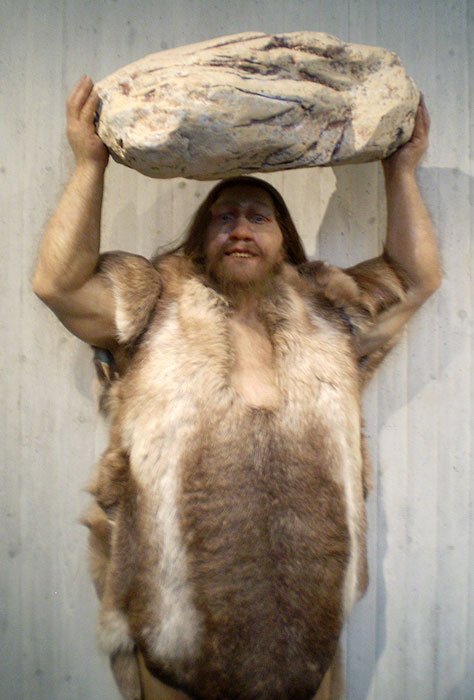
Maybe what causes the hype for wearables is more than just the desire for new sales. Maybe what we as a species hope for in wearable technology is more than just a digital accessory. We want technological super-powers, unbound, accompanying us, always ready to provide us with a competitive advantage — wherever, whenever. But how much of this promise are we going to get as a present next Christmas?
WEARABLES FOR CONSUMERS
If we look up “wearable computer” on Wikipedia we only find two subcategories, and neither one seems to even remotely focus on enabling us with superpowers. The first is “fitness trackers.” Most of us have already met them in their basic version as digital step counter. Nike moved in early — a good move for a runner’s brand —with the surprisingly well-designed Fuel Band, but retreated justas quickly when a million gadget producers followed. Currently leading the pack is Fitbit. But new offers and brands are popping every day. The main question is which brand can first define the sweet spot between perfect gift (Fitbit) and permanent use (no one yet).The fitness tracker has two natural evolutionary children: sports telemetry and health trackers. As sensors become better and cheaper, athletes can move from just tracking steps to the finer points of fitness telemetry: heartbeats, sweating, skin temperature. Imagine a crew of Adidas geeks in a tent, monitoring a sensor-shirt-wearing football team as if it were a Formula 1 racer. Imagine a US football coach, seeing exactly how hard his quarterback was hit via readings from the player’s helmet embedded with acceleration sensors
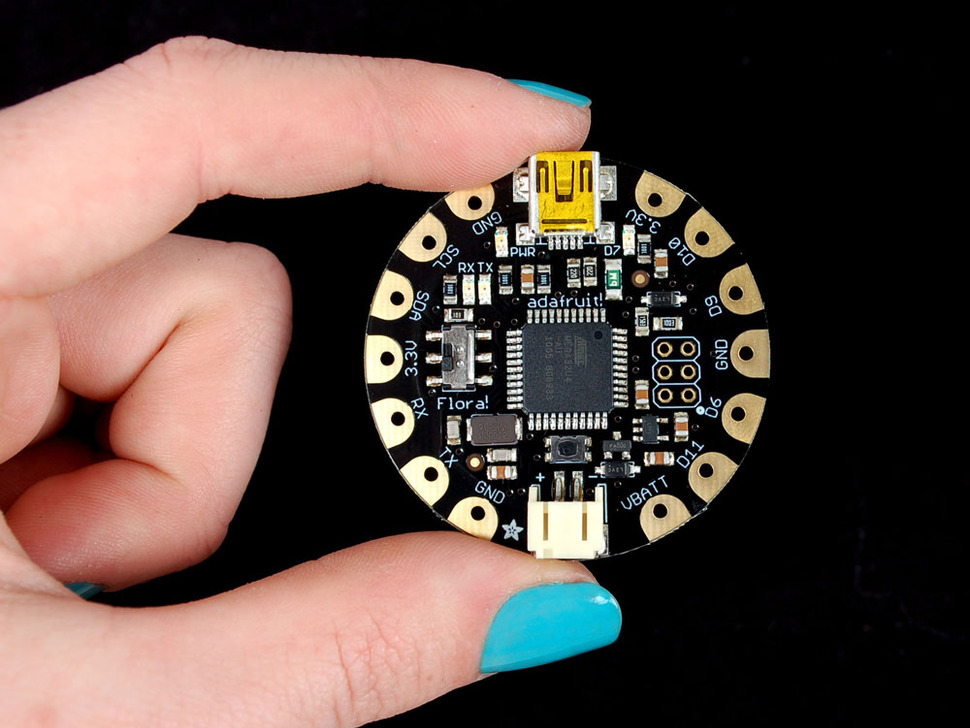
In health, wearables like Scanadu combine new sensors and algorithms to continuously record various vital signs like blood pressure and pulse with just one small device. TempTraq looks like any cute little bandage, but it’s actually a Bluetooth embedded thermometer that continuously records and transfers your temperature. Even babies no longer have to crawl and sleep without a wearable. At this year’s Consumer Electronics Show in Las Vegas, the award winning Sproutling ankle bracelet monitors connected babies’ sleeping patterns.
Amazing devices, most of them. But empowering? In what sense?Let’s look at the second category of wearable computing devices,then: the Smartwatch. And yes, Apple is making one, too. But this time, they are clearly not the innovator. That title should go to the founders and supporters of the Pebble Watch, who raised more than 10 million US dollars in 2013 for what was then the most successful Kickstarter project ever. Pebble established the model that all others emulate: a simple digital watch that becomes a lot smarter when it’s connected to a smartphone. Eager to finally best Apple,Samsung has already released three generations of their GalaxyGear smartwatch in less than a year. They have shown both the promise and problems of this category. While Samsung claims to have sold a couple of million pieces, they’re still clunky, not easy to operate and run out of juice too quickly.
On the other hand, they do hold some promises to show some useful information, just when we need it, without drawing and unlocking the phone. Will that make us more productive? Sure, a little. But is it really a tool? What radical new thing does it allow us to do.
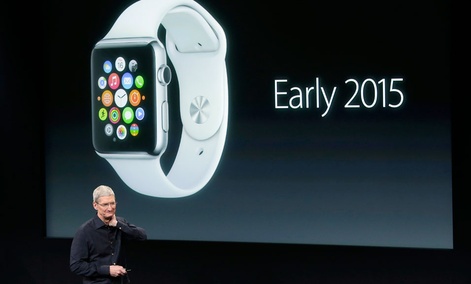
It seems that the wearables aren’t powerful enough just yet. We’ll have to wait a generation or two before they will do truly astounding things. Let’s suspend our search for instant superpowers for awhile, then. Maybe we’ll be all the wiser for it, as we could easily overlook an aspect of “wearing things” that is just as much part of human culture as technology: the need for expression through fashion and art.
FASHION AND ART OFFER ANOTHER PERSPECTIVE
Members of the global PLATOON NETWORK of creatives have been using wearable technology for years to expand the opportunities for self expression. Soomi Park (member #3692) combined mercury motion sensors and LEDs to create her LED Eyelashes in 2009. The lashes blink and draw attention when the head is moved. It looks pretty, but is actually social commentary on Asian women’s desire for bigger eyes. Rebecca Halls (member #6714), founder of the Hoopurbia dance festival, has integrated laser beams into a hula-hoop for one of her performances. That’s right, friggin’ laser beams. Austin Powers would be proud. Other members intently stretch our notions of what an instrument is and how you play it. Onyx Ashanti (member #6667) is combining 3D printing, motion and pressure sensors, wireless networks, music software and sampling into a unique set of wearable instruments and a form of music he calls beatjazz. Artists and radical thinkers like these — not big tech corporations — are the drivers behind the maker movement and the wearable fashion movement.Take a company like Adafruit, who offers you all the electronics and tools necessary to LED-up your jeans jacket like a Christmas tree, or look at wearable fashion designers Studio XO, whose owners design experimental dresses for Lady Gaga. These successful companies have not sprung from business canvases and considerations of market size, but from the curiosity of explorers. As Nancy Tilbury and Ben Males of Studio XO will tell you, they couldn’t work without their lab. Always tinkering and discovering new opportunities, be it fabrics with digital components, thermochromatic fabrics or new conductive materials. They are connecting sensors, lights and pneumatics to break the limits of what a dress can do. Some of their work forLady Gaga is obviously a bit brash, like the flying “Volantis” dress(basically a quadcopter with a pop-singer attached to the bottom).Or the 3D printed “Anemone” dress, with various embedded bubble blowing mechanisms. But some of their work speaks of a future that we might want to live in, like the weightless “Bubelle” dress that both senses emotions of the wearer and then transforms them into a dance of colors across the various materials and shapes of the dress. Hi-tech couture pieces like Bubelle might be a bit too fragile to hit the shelves of H&M anytime soon, but if an LED-bling-jacket is your thing, pop by PLATOON members Trafo Pop’s (member #6709) next workshop. They’ll show you how to make one and wear it with pride.
POWER IS POLITICAL
Supporting the fun side of technology is one reason why PLATOON KUNSTHALLE supported and co-hosted Wear It, Berlin’s first festival for wearable electronics and arts last fall. But with their ability to record their surroundings, to bring down the borders between the private and public space at any time, wearables are more than fun. PLATOON is also interested in exploring the body-political dimension that comes with custom-tailoring wearable electronics to your personal needs.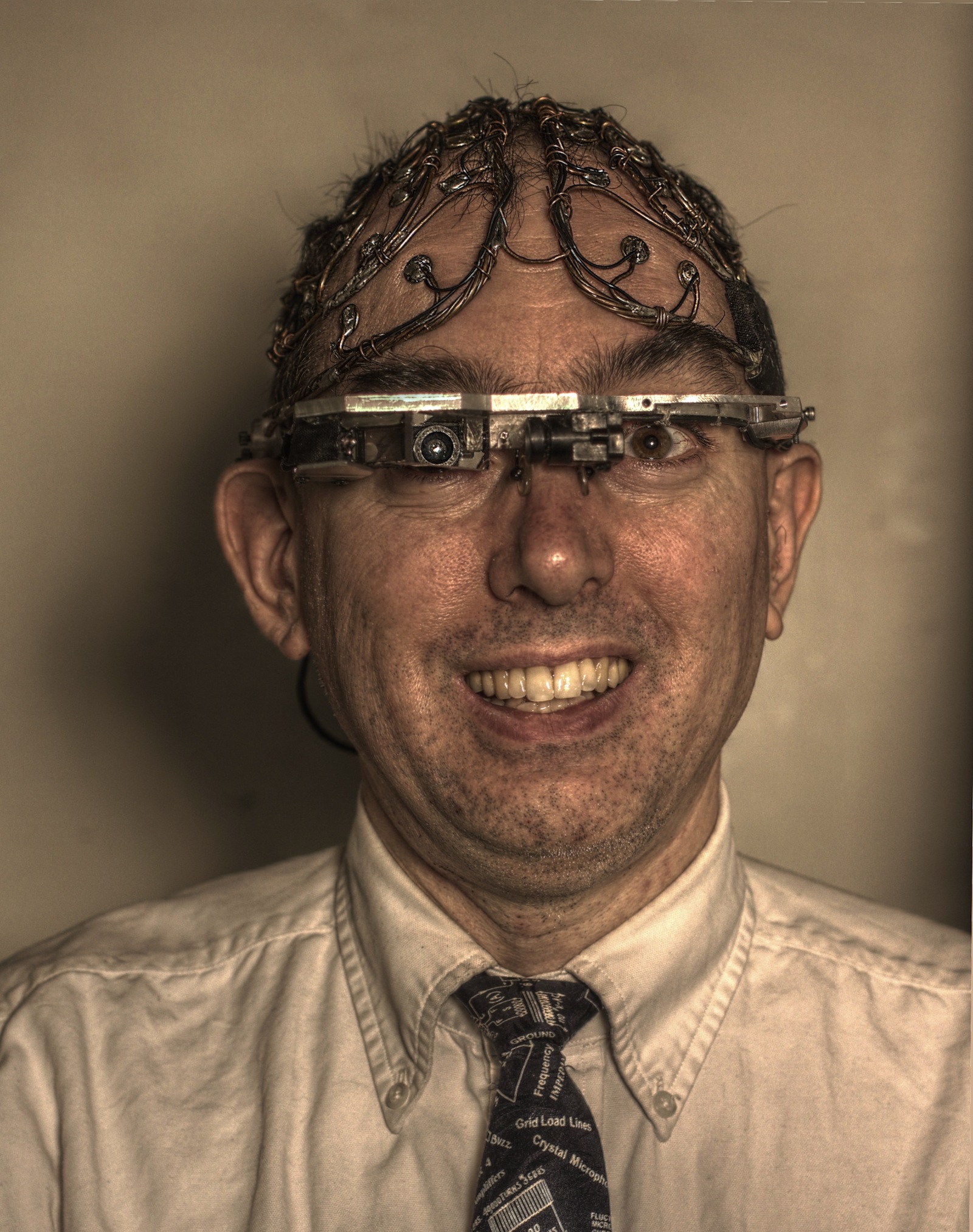
It’s important we don’t just talk about features, but also examine the impact on our societies. No one personifies this political dimension better than Steve Mann, the guy who actually invented wearing a full-fledged computer plus camera back in 1981. Originally motivated by using video cameras to improve the dynamic range of vision of welders — we’d call that augmented reality now — he went on to develop these portable systems which eventually turned into something he calls “The Eyetap,” a more powerful and even more freakish looking cousin of Google Glass that sits directly over the eye and continuously adds layers of digital information to reality. When Mann started using his wearable camera in public, he soon found that it made owners of surveillance cameras very nervous. Mann coined the term ‘sousveillance’ for the subversive act of recording and documenting the fact of being recorded.
Today, sousveillance has become very easy, smartphones and portable hi-res cameras allow us to record and counter-record with very little effort. Smartphone videos now often shed new light on police practices. Mostly, the attention isn’t appreciated. But the genie won’t be squeezed back into the bottle. After the Ferguson shooting of unarmed Michael Brown, US President Barack Obama asked to allocate 75 million US dollars to equip policemen with body cams to videotape their interactions with civilians. What makes this interesting is that the police officers themselves would not have access to those videos. We might call this preemptive self-sousveillance. And it was generally celebrated as a move to more transparency

Officer body cams offer a glimpse of the political questions wearables open up, with their close connection between people and technology:questions of data privacy, questions of security. Even questions of access to connected clothing are largely undiscussed and will create some interesting conversations for years to come. It’s important that we don’t just talk about technological features and opportunities,but also examine the impact on our societies, and explore options how to mediate some of the disruptive sides of wearable technologies.
OPPORTUNITIES FOR BUSINESSES
The body cam story also serves to illustrate another important aspect of wearables. For some wearable tech, the first significant adoption might not happen in the end-consumer market. It might lie in the B2B markets. The B2B and institutional markets are attractive for small series production of tech companies, because style requirements are low, and prices can be very high. Going back to the Taser Axon camera, which more and more of America’s police officers will soon be wearing, this technological gem offers stunning 640x480 resolution for a refreshing 399 USD. Did someone say robbery?Google Glass may be the most famous example of this trend. While the geeky contraption has disappeared from more and more Christmas wish lists, it is slowly growing a reputation in the workplace. The medical field is one where widespread adoption might catch on soon. Several US hospitals have begun equipping doctors with Glass. One of the benefits: patient information can be pulled and shared handsfree, thus reducing the need for repeated sanitization. Car repair is another field where Google Glass is being introduced, using optical recognition to overlay explanatory video manuals in real time, showing mechanics exactly what to do, without the need for a manual, leaving their hands free. This vastly increases the speed with which mechanics can train, or solve issues on rare models and configurations. Infrared goggles are already being used by firefighters and rescue workers to find people faster in situations with too much smoke or in darkness. While it’s hard to imagine a firefighter screaming, “OK Glass!”, into a wall of fire, it’s not hard to see how the ecosystem of developers and technology could greatly improve many of their tasks — by providing indoor maps, for example, or superimposing markers on structurally relevant elements of the building.
Exploring wearables at work is probably one of the smarter undertakings for many companies. More than in the consumer electronics market, companies can expect to learn much from the interaction with makers and artists. Understanding how people react isn’t so essential when we’re talking about smart watches. But when we move to a field like wearables for seniors, the sensitivity of artists might come in handy.
REDEFINING THE RELATION BETWEEN TECH AND HUMANITY
Wearables are coming. Whether they will become a major success in their current form, like smart watches, remains to be seen. Whether it will be a 10 or 20 billion-dollar market by the time this decade is over, who knows. But the fact that digital miniaturization will create new devices that will both permanently accompany and change our lives is beyond doubt. Very soon, we will be so deeply comfortable with having technology on us, around us and maybe even within us that we can finally no longer pretend that technology is opposed to our nature. Technology will become part of our nature.Until that happens, I’ll play the waiting game. Plus I’ll add some laser beams to my Mac.


